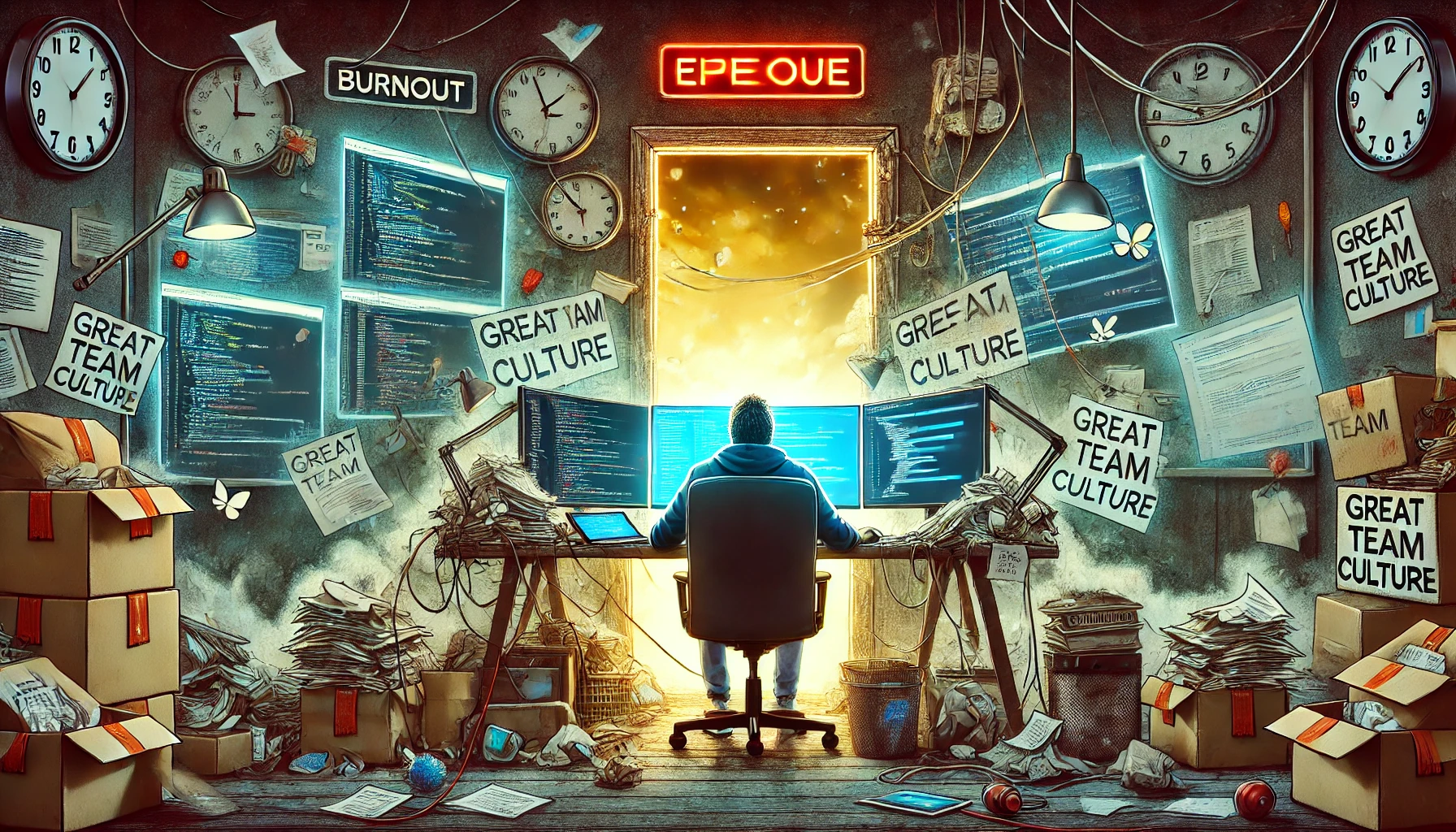“We have to continually be jumping off cliffs and developing our wings on the way down” – Kurt Vonnegut
The Creator’s Paradox
Balancing authenticity with visibility in the creative world
In a world where visibility is currency, how do artists stay seen without selling themselves short? To create is to bare something of yourself. To brand yourself is to shape how the world sees it. And in 2025, that act of shaping of being seen is no longer optional. Every artist is now a marketer. Every moment, a potential post. The brushstroke, the sketch, the first draft all quietly ask: “Will this get traction?”
But how do you stay visible without becoming a product? How do you build a name without betraying the very thing that made you worth noticing? That’s the creator’s paradox and it’s more common than most admit.
The Spark Before the Metrics
Create before you count
Most creators don’t start with strategy. They begin with a feeling vague, urgent, often impractical. A line in the dark. A color that won’t leave. Something personal that wants out. Van Gogh painted because he had to. Maya Angelou wrote to reclaim voice. There was no content calendar. No audience feedback loop. Just work. And a pulse.
Today, even that origin story is optimized. The moment inspiration strikes, it’s turned into a Reel. A tweet. A hook. Visibility devours spontaneity. And still without visibility, the work is ignored.
Why Branding Still Matters
Clarity is not selling out
“Your brand is what other people say about you when you’re not in the room.” – Jeff Bezos
A clear voice, a distinct aesthetic, and a recognizable rhythm help people find you, remember you, trust you. Brandon Stanton didn’t just take portraits he created Humans of New York. That’s not selling out. That’s alignment. A good brand doesn’t trap you. It gives your creativity a recognizable doorway. But it can’t come at the cost of your voice. Because when the voice bends too far to fit the trend, the echo sounds hollow.
When the Work Starts to Disappear
Erosion hides as productivity
Here’s where it turns. You start working for the audience, not with them. You create what performs, not what matters. You chase reach, not resonance. And slowly, the thing that made you a creator that strange, sacred inner compass gets quieter. Then exhausted. Then gone.
This isn’t burnout. This is erosion. You’re still producing. But less of it feels like you.
How to Protect What’s Yours
Keep a sacred corner
You protect your soul by creating things no one sees. By writing drafts that stay in the drawer. By making not for the grid but for the joy.
Set boundaries. Schedule silence. Learn to distinguish between attention and affection. Share selectively. Keep something sacred.
“Vulnerability is not winning or losing; it’s having the courage to show up when you can’t control the outcome.” – Brené Brown
Your worth is not your follower count. Your value is not your velocity. Don’t confuse the noise of reaction with the depth of connection.
What Audiences Crave
Presence over polish
What audiences crave isn’t perfection it’s presence. They want to feel the human pulse behind the work, the moments that don’t make the highlight reel. The behind-the-scenes mess. The small, odd details that no algorithm could invent. The glimpses of a work in progress that show the fingerprints still on it. You are not a brand mascot. You are a person making something honest. And honesty is magnetic in a way polish will never be. When you strip away every imperfection, you also strip away the texture that makes people lean closer.
“The more personal, the more universal.” – Carl Rogers
Let them in. Not all the way, not all the time but enough that they feel invited into your process, not just handed a finished product. Share the sketches before the final design. The draft before the keynote. The question you’re still wrestling with.
The thing you’re making isn’t just content to fill a feed. It’s a conversation. And conversations are only alive when both sides can speak.
The Paradox Is the Point
Tension is where art breathes
You’ll never escape this tension and maybe you’re not meant to. Every creative lives in a constant negotiation between two forces: the desire to express freely and the need to be seen. Art is the dance between these opposites. One step is solitude the quiet, private space where your ideas form and grow without interference. The next is exposure presenting that fragile thing to the world, where it will be judged, shared, and possibly misunderstood. The goal isn’t perfect balance. Perfect balance is static. Your task is to navigate with grace, knowing when to lean into visibility and when to retreat into privacy. Both are essential. Too much exposure, and you risk polishing away the edges that make your work alive. Too much hiding, and your work never reaches the people it was meant for.
Be clear enough to be understood. Be visible enough to be found. But above all, be true enough that when your work leaves your hands, it still carries the breath of why you made it. That breath is the brand worth building.
Nurturing the Creative Spirit
Reads & Practices to Keep Your Creative Soul Intact
- Austin Kleon – Show Your Work : “Share your process openly without turning it into a sales pitch.”
- Austin Kleon – Steal Like an Artist :“Borrow ideas wisely and turn them into something uniquely yours.”
- Elizabeth Gilbert – Big Magic :“Approach creativity with curiosity, not fear.”
- Julia Cameron – Morning Pages :“Write freely every day without sharing or editing.”
- Steven Pressfield – The War of Art :“Overcome resistance and stay true to your creative mission.”
- Tiffany Shlain – Digital Sabbath :“Schedule offline days to recharge your focus and creativity.”
Final Thought
Don’t brand yourself to death
Build something worth being found for. A brand is not armor it’s a lens. You cannot build one and remain untouched, because every story you tell changes the storyteller. But you can remain undiminished if you remember that your worth is not the sum of your aesthetics.
The creator’s paradox isn’t a puzzle to solve, it’s a landscape to cross with discernment to choose your path, with enough distance to keep your center, and with the occasional flash of defiance when the map feels wrong. The world may crave your polish, but it’s your pulse raw, uneven, and unmistakably yours that will make them stay.
References
- Bradbury, Ray (1986): We have to continually be jumping off cliffs and developing our wings on the way down
- Stanton, Brandon (2010–present): Humans of New York
- Angelou, Maya (1969): I Know Why the Caged Bird Sings
- Van Gogh, Vincent (1889):The Starry Night




